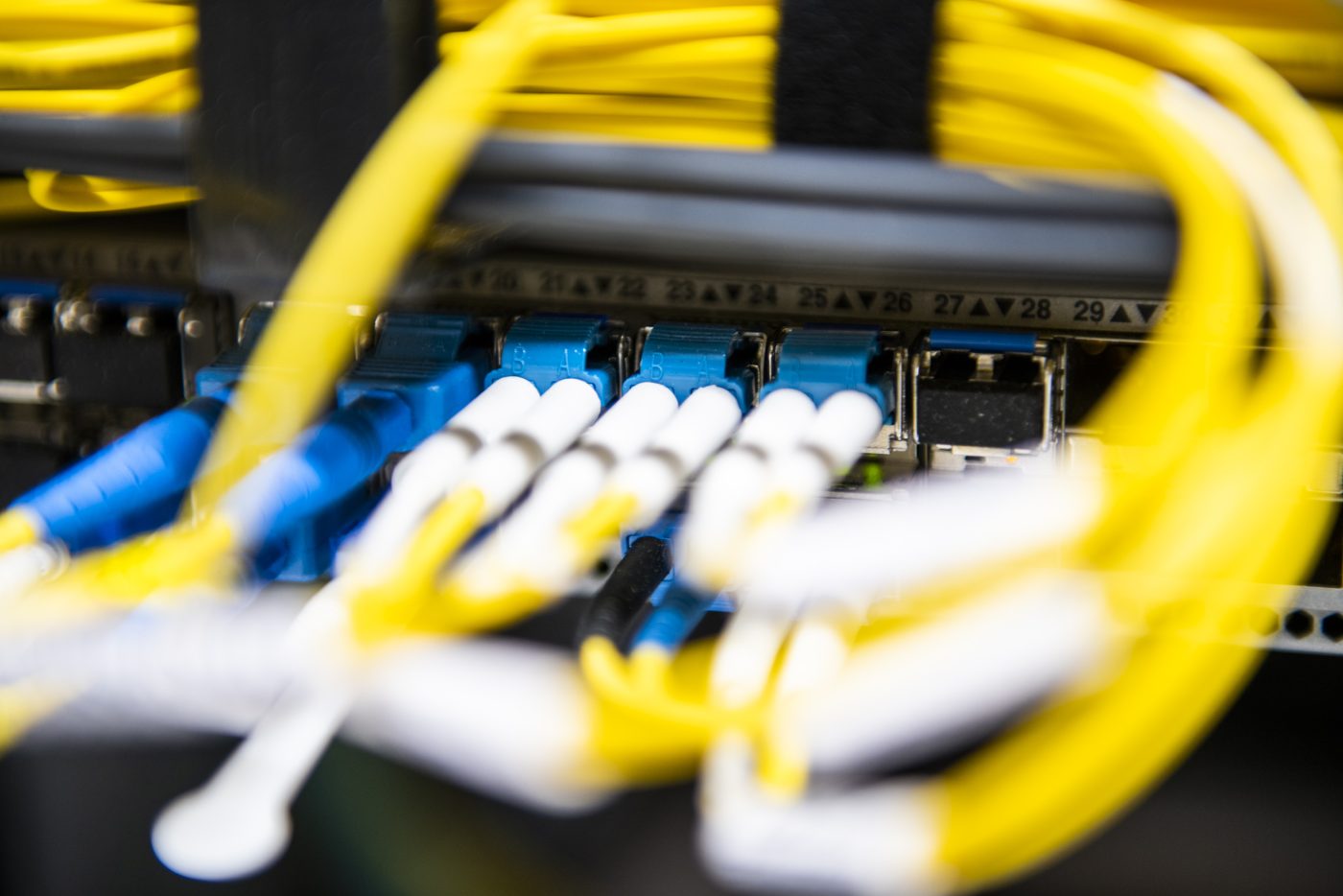In the digital age, data is the lifeblood of businesses, governments, and individuals. The ability to access, store, and transmit data seamlessly is critical for the functioning of our interconnected world. Data centres and Internet Exchanges play a pivotal role in this ecosystem, forming a partnership that underpins the uninterrupted flow of information across the globe.
In this blog, we’ll explore how data centres and Internet Exchanges work together to ensure seamless connectivity and why this collaboration is essential in today’s interconnected world.
The Role of Data Centres
Data centres are the backbone of modern computing and data storage. They are designed to store and manage vast amounts of data, from personal photos to corporate databases and everything in between. Here are some key functions of data centres:
Data Storage: Data centres provide a secure and reliable environment for storing data. They use sophisticated technologies to ensure data integrity and availability.
Data Processing: Many data centres also host powerful servers and computing resources that process data in real-time. This is crucial for applications like streaming services, online gaming, and financial transactions.
Redundancy: Data centres are built with redundancy in mind, meaning they have backup systems in place to ensure uninterrupted operation even in the event of hardware failures or disasters.
Security: Data centres are highly secure facilities, often featuring multiple layers of physical and digital security measures to protect sensitive data.
The Role of Internet Exchanges
Internet Exchanges (IXPs) are also crucial components of the global internet infrastructure. They enable internet service providers (ISPs), content providers, and other organisations to exchange traffic directly, rather than routing it through third-party networks. Key functions of Internet Exchanges include:
Traffic Exchange: IXPs serve as meeting points where networks can exchange traffic. This reduces the need for data to traverse long, convoluted routes, resulting in faster and more efficient data transmission.
Reduced Latency: By minimising the distance data must travel between networks, IXPs reduce latency or delay, ensuring that web applications, video calls, and other services perform optimally.
Cost Savings: ISPs can reduce their costs by exchanging traffic at an IXP, as they avoid paying transit fees to other network providers.
Resilience: Internet Exchanges enhance the resilience of the internet by providing multiple interconnection points. If one IXP experiences issues, traffic can be rerouted through other exchanges, minimising disruptions.
The Synergy between Data Centers and Internet Exchanges
The synergy between data centres and Internet Exchanges is evident in several ways:
Proximity: Data centres are often located near major Internet Exchange points. This proximity reduces the latency associated with transmitting data between the two, ensuring faster and more reliable connectivity.
Data Distribution: Content delivery networks (CDNs) and cloud providers often colocate their infrastructure within data centres. These entities benefit from the proximity to Internet Exchanges, allowing them to efficiently distribute data to end-users.
Redundancy: Data centres often have multiple network connections to various Internet Exchanges. This redundancy ensures that even if one connection fails, data can still flow through alternative routes.
Scalability: Both data centres and Internet Exchanges are designed with scalability in mind. As data demands grow, these facilities can expand their infrastructure to accommodate increasing traffic.
Conclusion
In today’s hyper-connected world, the partnership between data centres and Internet Exchanges is crucial for ensuring seamless connectivity. Data centres provide the storage and processing power necessary for our data-driven society, while Internet Exchanges optimise the flow of data between networks.
Together, they create a robust and efficient ecosystem that underpins the digital economy, enabling us to stay connected, share information, and conduct business with ease. As technology continues to advance, this partnership will remain a cornerstone of our digital infrastructure, ensuring that the data-driven future remains accessible and reliable for all.



